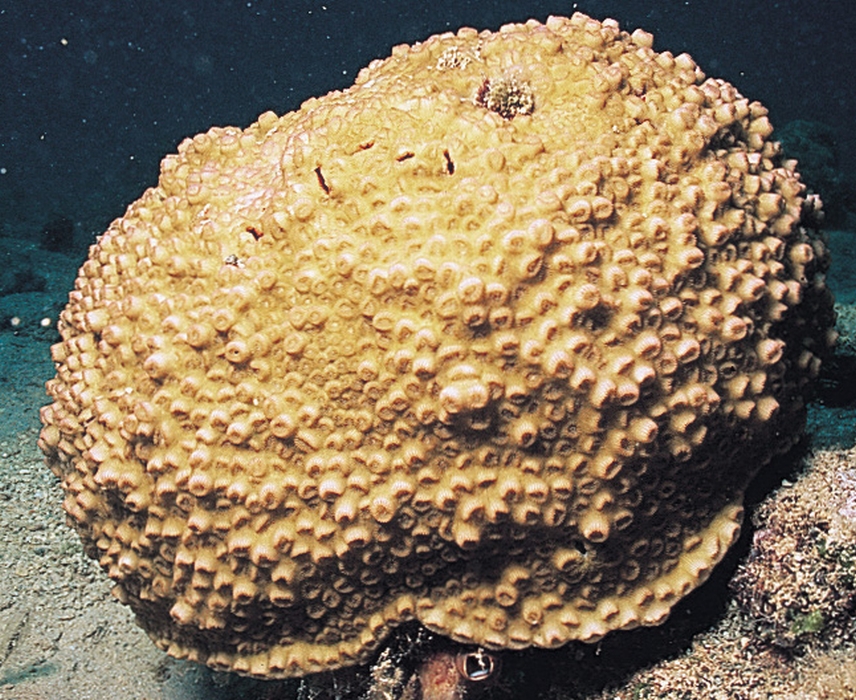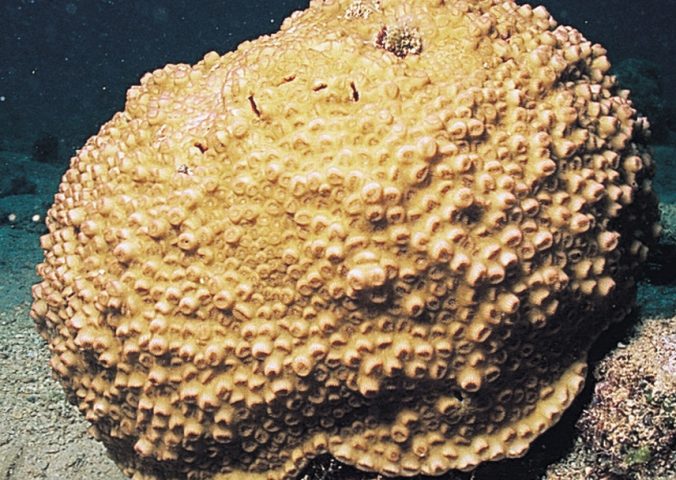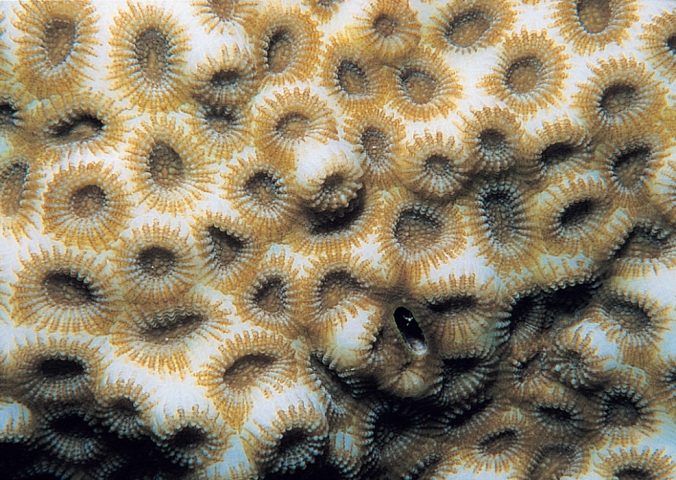About
Montastrea salebrosa is rare across its range due to a relatively shallow depth limit of 20m.
There is no species-specific information on M.salebrosa but similar to many EDGE coral species, it has suffered from extensive habitat reduction due to a combination of threats.
In general, the major threat to corals is global climate change, in particular, temperature extremes leading to bleaching and increased susceptibility to disease, increased severity of storms, and ocean acidification.
Localized threats include destructive fisheries, coastal development and sedimentation.
- Order: Scleractinia
- Family: Faviidae
- Trend: decreasing
- Depth Range (m): 2 - 20
EDGE Score
Distribution
This species is found across the shallow tropical waters of the Indian and Pacific oceans, from Japan and the east China Sea to eastern Australia and Fiji.
Habitat and Ecology
M.salebrosa is found within tropical reef environments and seems to be most abundant on shallow reef flats and mid-depth slopes. It is an important reef-building species, creating habitat for reef associated species.
The species within M.salebrosa’s genus are common and extremely important reef-building corals in the western Atlantic. They form massive colonies that are usually rounded or lobed in shallow water and flattened or plate-like on deep reefs.


